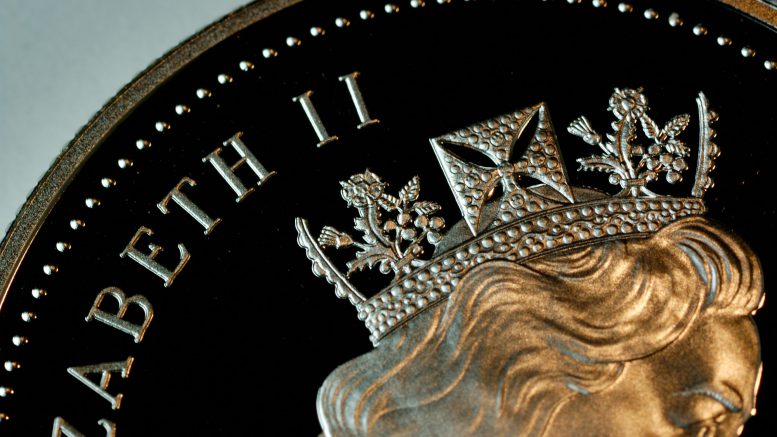We British are good at queuing, and most of us practice standing in line from an early age. This lifetime of training came to fruition during the four days leading up to the funeral of Queen Elizabeth II. The Secretary of State for Culture, Michelle Donelan, has estimated that over 250,000 people queued (for an average of eight hours and up to 18 hours) to see the Queen’s coffin as she lay in state at Westminster Hall. At one stage there was even a queue to join ‘The Queue’ (as it became known).
The Queen’s lying-in-state had been planned for years. Royal deaths are covered under a general plan codenamed Operation Lion, with Queen Elizabeth’s funeral being first planned in the 1960s (under the codename Operation London Bridge). Plans have already been made for the funeral of King Charles III (under the codename Operation Menai Bridge).
Queues form when many people want to do the same thing at the same time. They have been described (in 2016 by Professor Nick Haslam from the Melbourne School of Psychological Sciences) as “a social norm, governed by unspoken rules promoting efficiency and equality.” Professor Haslam noted that queuing exists “because there is an imbalance between the supply and demand of services,” and that it “prevents people who are the loudest, the most devious, the most assertive or the biggest from gaining unfair advantage.”
The British have a long history of queuing at funerals, and the number filing past the Queen’s coffin is not likely to have been a U.K. record. Over 320,000 people saw our World War II Prime Minister, Winston Churchill, lying-in-state for three days in 1965 (as part of our last state funeral), but the average wait then was only three hours. The final number might also be shy of the 305,000 who filed past the coffin of Queen Elizabeth’s father George VI in 1952. The queue is likely to have been similar to the 250,000 people who viewed the coffins of George V in 1936 and Edward VII (the eldest son of Queen Victoria) in 1910, and of Prime Minister William Gladstone in 1898.
At its longest, the queue to file past the Queen’s coffin stretched for 13 kilometres and, after crossing the Thames at Lambeth Bridge, went along the south bank downstream past eight other bridges (Westminster, Hungerford, Waterloo, Blackfriars, Millennium, Southwark, London and Tower) before ending in a series of zig-zags in Southwark Park.
The number of people joining this queue might not have been a record but the length, and duration, surely marks it out as unique (Guinness World Records is reported to be investigating). Most people that joined the queue did so out of respect for Queen Elizabeth as a person, rather than for her rank or the sense of occasion. This is probably also true of those that filed past the coffins of George VI and of Queen Elizabeth’s first Prime Minister, Churchill.
Queues of any persuasion are a useful measure of supply and demand, and of the value placed on reaching the destination. Most queues are mundane, with people forming a line, patiently or otherwise, for their chance to gain something that is rare, restricted or just good value. Queues become more interesting when they involve considerable personal hardship, and the only reward is a fleeting opportunity to pay your unreciprocated respects to something, or someone.
Such queues are a valuable guide to the level of regard that the public has in the recipient.
Whether as an individual or as part of an industry grouping, we can play the game of assessing the length of our own theoretical queue. How would you, a particular mining company or the industry as a whole, measure up against the standards set by the Queen for care (of subjects/friends/stakeholders), reliability and responsibility?
Even if the relative answer is measured in a few kilometres, there is much to do. I suspect, however, that the theoretical public queue for the mining industry could be measured in metres. We need to at least get across that first bridge or we will be swept downstream.


Be the first to comment on "The View from England: Mining should measure its queue"